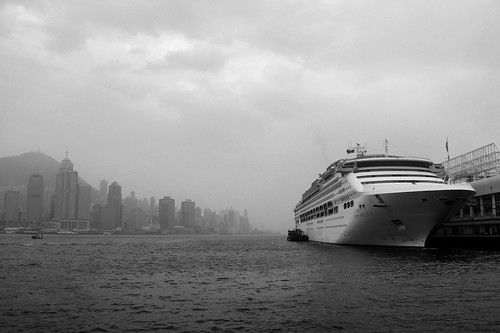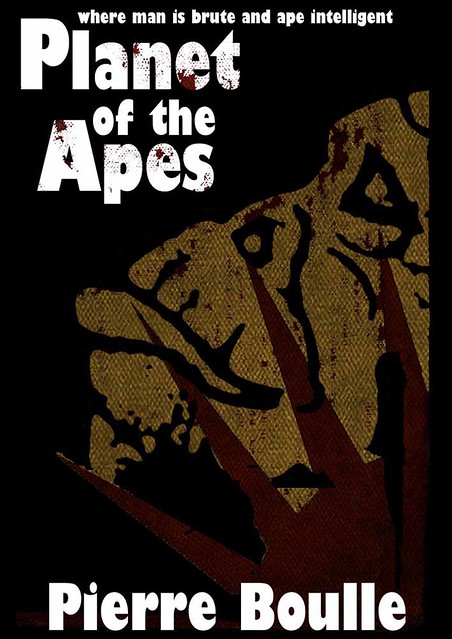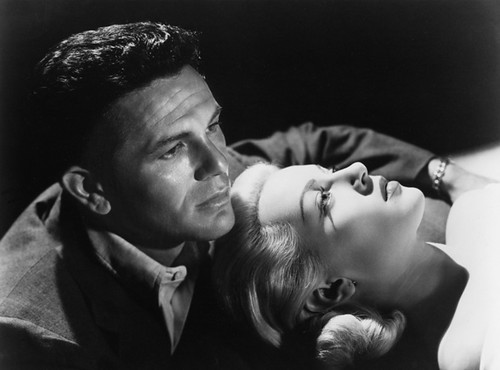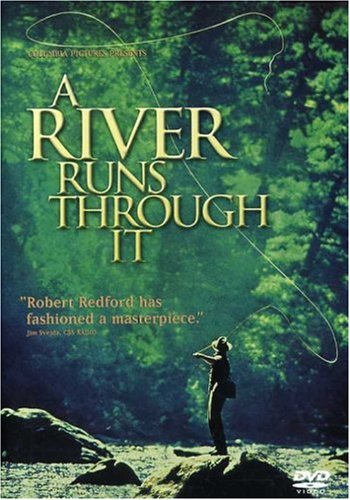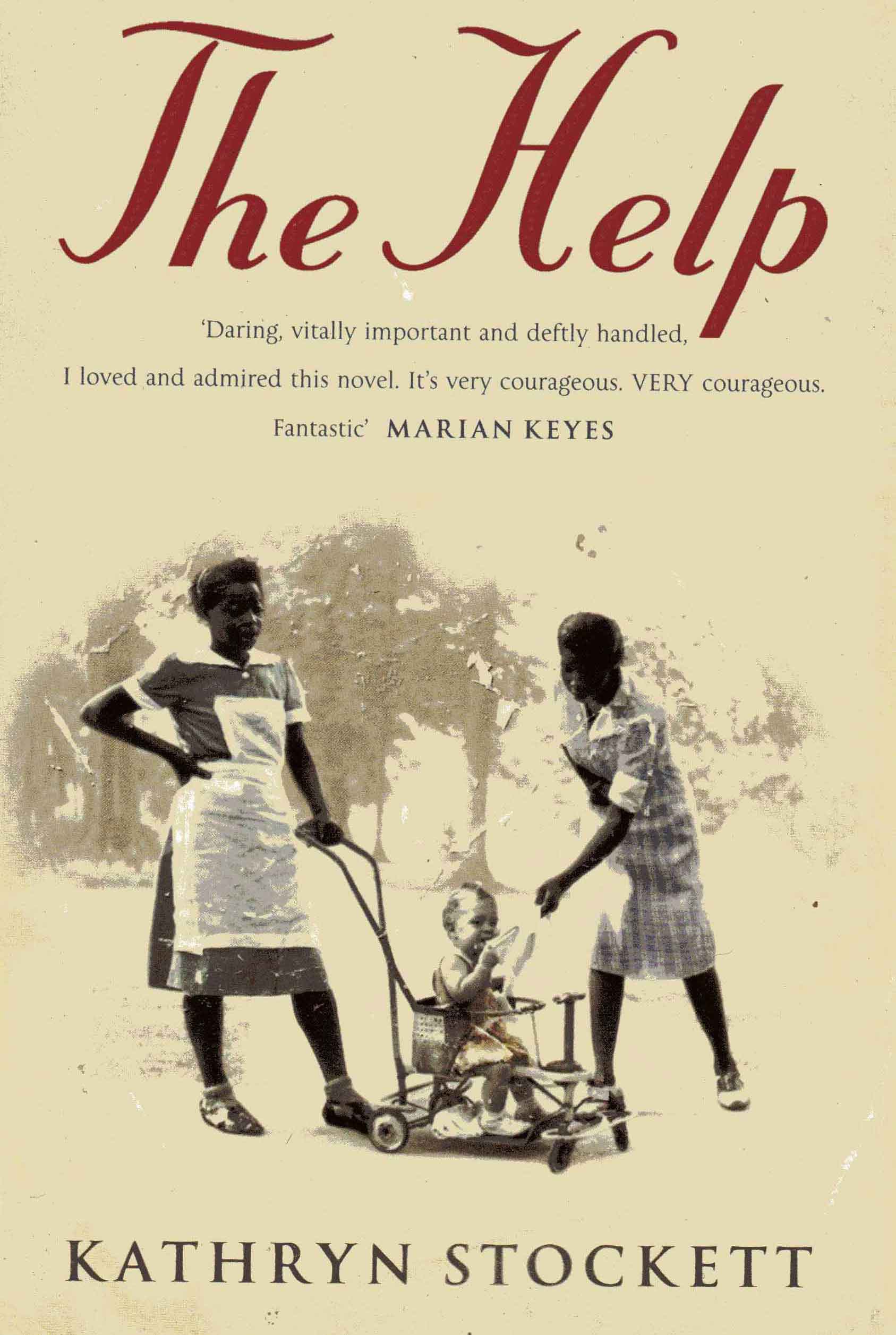I came to know Now, Voyager as a pretty famous Bette Davis flick. I adore Bette Davis, and in this film she's truly at her best. But this fantastic story of an Ugly Duckling is actually based on a trio of books by Olive Higgins Prouty. Now, Voyager is the third installment in the story.
The Book
Charlotte Vale lives in a big, fancy Boston house and she comes from a very well-known and well-to-do family. But Charlotte Vale still has every reason to feel miserable. She's under the thumb of her overbearing, domineering mother. Charlotte is overweight and under-groomed, dresses like a dowdy housewife and barely socializes outside the austere Vale family home.
In this book, Charlotte has suffered a nervous breakdown. She's now under professional care, and she is blossoming. She's shed the extra weight and she's gone through a makeover. Finely-sculpted eyebrows now frame her thin, finely-boned face. Her upswept 'do is the epitome of style, and her clothes are fashionable, tasteful and expensive. In a word, she's fabulous.
The title of the story comes from a Walt Whitman poem, as the book will you tell you. Before going back to her rigid Boston home, Charlotte goes on a cruise to cap off her treatment. She makes many friends on board and truly enjoys herself. Best of all, Charlotte falls in love. He's debonair, he's polished, he's passionate...he's married.
Life is always a rocky road for Charlotte Vale. But all things must end, even her cruise, and Charlotte soon finds herself returning to Boston...and to her mother. Will Charlotte fall back into her frumpy ways? Will she ever see the handsome man from the cruise again? Where will her voyage end? You'll have to read it to find out.
The story is truly wonderful, but you can thank a different story for turning Now, Voyager into a feature-length film.
The Movie
The year was 1942, and the 1939 success of Love Affair was still impressive to execs at Warner Bros. The movie would later be re-made as An Affair to Remember, but in this version it's Irene Dunn and Charles Boyer who star in the leading roles. They fall in love on a ship, and filmmaker Hal Willis hoped that Now, Voyager would remind moviegoers how much they love paying to see that sort of watery romance.
So Prouty was given $40,000 for her book and Irene Dunn immediately sprang to the top of the list for the role of Charlotte. But Norma Shearer was also interested in the role. The two had the same manager, who performed a balancing act until both actresses moved on to other projects. Already a screen legend, Bette Davis was having a huge fight with Jack Warner at the time, and wasn't taking any of his calls. A director friend told her about the movie, and Bette immediately changed her mind. She began to campaign to get the role, and the producer talked the studio into casting her.
She wore padded clothing and heavy eyebrows for the early scenes, hiding her face behind ill-fitting glasses and letting her unkempt hair hang all over the place. Davis quite successfully made herself frumpy and unattractive for the start of the film, making her later transformation all the more miraculous. She's truly stunning when she arrives for her cruise, every inch the glamorous woman of mystery and polish she's meant to be.
What Got Adapted?
The movie follows the book quite closely, and it's made all the more lavish by the presence of Davis in the leading role. Paul Henreid is the perfect love interest, and Claude Rains is the best possible father figure in his role as Dr. Jaquith. Gladys Cooper is perfectly chilling as the mother, and everything about this film is perfect. Davis's wardrobe is perfectly fantastic throughout.
The final line, which appears in the book verbatim, was rated number 46 on AFI's list of top 100 movie quotes. It deserves it. Watch Now, Voyager and read Charlotte's trilogy to explore the story even further. You won't be sorry!







